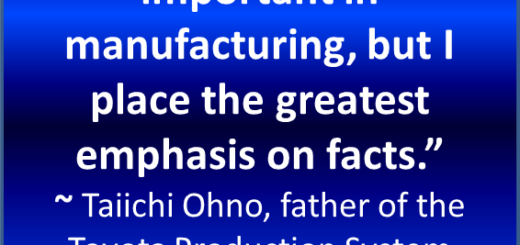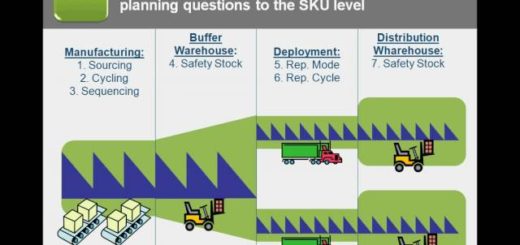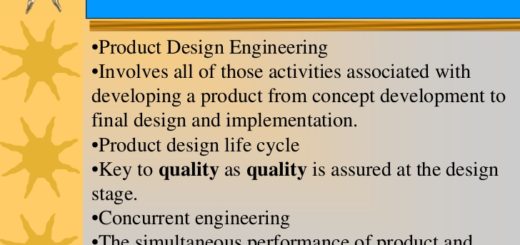Four Principles Lean Management – Get Lean in 90 Seconds
Principles Lean Management
Learn about Lean Management Principles and how they can help your company eliminate waste and create value for your customers. Toyota has a great deal of information regarding how they do lean. Search Taiichi Ohno, the father of the Toyota Production System and you will find some very good information about lean.
Lean management is a philosophy and set of principles that focus on maximizing efficiency and minimizing waste in business operations. Some of the key principles of lean management include:
- Identifying value: This principle involves identifying the specific needs and wants of customers, and aligning business operations and processes to meet those needs in the most efficient way possible.
- Mapping the value stream: This principle involves identifying and mapping all the activities and processes that are required to bring a product or service to the customer, and identifying areas where waste can be eliminated.
- Creating flow: This principle involves organizing business operations and processes in a way that allows for the smooth and efficient flow of work, minimizing bottlenecks and delays.
- Establishing pull: This principle involves creating a system where production and delivery are driven by customer demand, rather than by forecasting or other internal goals.
- Pursuing perfection: This principle involves continuously seeking ways to improve business operations and processes, with the goal of achieving perfect efficiency and zero waste.
- Building a culture of continuous improvement: This principle involves developing a company culture that encourages employees to think creatively and continuously identify opportunities for improvement.
- Respect for people: This principle involves recognizing the value of each employee, and fostering an environment where they can work safely, happily, and to their full potential.
- Encourage learning and experimentation: This principle involves creating an environment that encourages experimentation, learning from failures and implementing best practices.
- Creating a visual management system: This principle involves using visual cues and displays to communicate and manage the status of the processes and activities of the company, for all employees to understand and take actions where necessary.
Other Lean videos you may find interesting:
- 5s Office to 5s Manufacturing. Lean Production System.
- Becoming a Lean Supply Chain Professional.
- Best Continuous Improvement Quotes.
- Continuous Improvement – The Most Important Aspect… START.
- End to End Supply Chain Process.
- Gemba Walk: the Path to Continuous Improvement.
- History of Continuous Improvement & Quality Gurus.
- Introduction to Lean Manufacturing.
- Supply Chain Resources by Topic & Supplier.
- Supply Chain Training & Overview.
- Why Lean Fails.








































